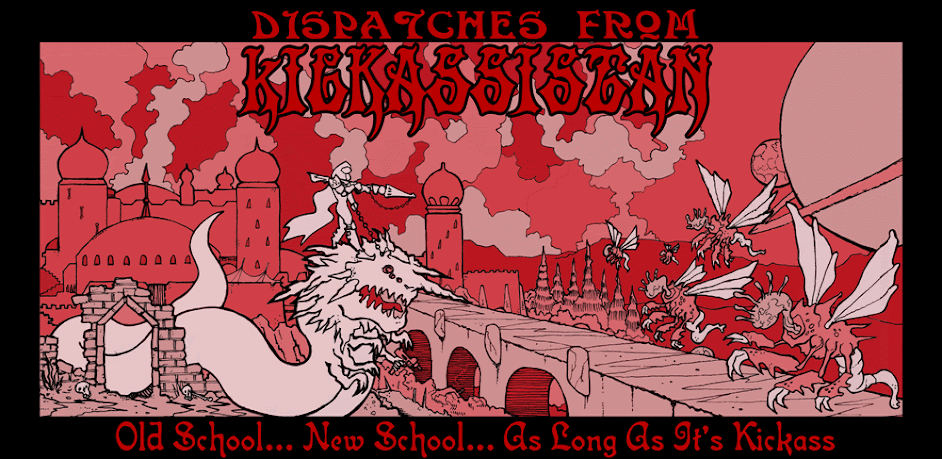So, now that your PC has made it through Phase One, you know what his lifestyle will be like this Upkeep Turn, whether his Ante was successful or not, and what his Goal and Temptation will be. It's now time to find out whether he falls to Temptation or stays focused on that Goal. I almost added this part to the last post, but decided that, even though it's likely to be (comparatively) short, it deserved its own post (so I could take the time to get all the detail in).
The Upkeep Turn
- Phase One: Ante Up, Scum
- Phase Two: Bidding and Brews
- Phase Three: You Say You Want A Resolution
Phase Two: Bidding and Brews
During Phase Two, your PC acquires two dice, his Interest Dice, one for his Goal and one for his Temptation. These dice default to d6s, but may end up being higher or lower dice at the start of this phase depending on what happened in Phase One. For example, a character who lived an opulent lifestyle and managed to increase his Goal Die to a d8 would begin his next turn with a Temptation Die of d8 in the same Interest as this prior Goal (a previous Goal of, say, Food d8 would become a Temptation of Food d8). At the end of Phase One, it was also determined whether or not your character's Ante was successful. A successful Ante allows the Goal Die to be increased one type; an unsuccessful Ante causes the Temptation Die to increase one type (in the example above, a failed Ante would cause the Temptation of Food d8 to increase to Food d10).
A player may also Bid to increase his Goal Die by spending an amount of money equal to his Ante (see Phase One). This spending reflects additional investment by the character in actualizing that particular outcome. In the example mentioned above, the character (during the Upkeep Turn where he lived opulently and established a Goal of Food) might spent a small fortune on feasting, the preparation of unique meals and learning secret, forgotten recipes. A player may Bid to increase his Goal Die a number of times per Upkeep Turn equal to one-half his level.
Just as Goals may be Bidded on,Temptations may be Indulged. The character with Food as his Temptation may spend the turn sating his tempting appetites, and thus lessening their effect on his turn. To Indulge in a Temptation, the character must spend an amount equal to his Ante (see Phase One); the Temptation Die is thereafter reduced by one type. Any Indulgences count toward the total number of Bids a character may make on his Upkeep Turn.
Once all Bids and Indulgences have been declared, the final die types are rolled and compared. The Temptation Die is always subtracted from the Goal Die for this determination and it is often wise to use different colored dice (particularly if the Goal and Temptation Dice are of the same size) to keep things straight. Once the difference between the Interest Dice is determined, move on to Phase Three to resolve this Upkeep Turn and begin to prepare for the next one.
 Variants: Dice Chains
Variants: Dice Chains
When determining what dice to use for the Interest Dice, a decision needs to be made about which dice chain to use. Using the Simple Dice Chain is the easiest and provides for great fluctuations in die types, often leading to vast differences in the resolution roll; use this dice chain if you prefer these sorts of large fluctuations and you want the players to be able to effect the outcome of the resolution roll by spending smaller amounts of money. Using the Extended Dice Chain may be more complicated (but if you're playing DCC, you've already got the funky dice, right?), but it yields results that cleave closer to parity since it requires more Bidding and Indulgence to get to the outer edges of the chain; use this dice chain if you prefer that the system is less "swingy" and that players have to spend great amounts of money to effect the result of the resolution roll.
Next time, we'll look at just what these dice rolls mean for your character's time spent outside of the dungeon.

Comments
Post a Comment